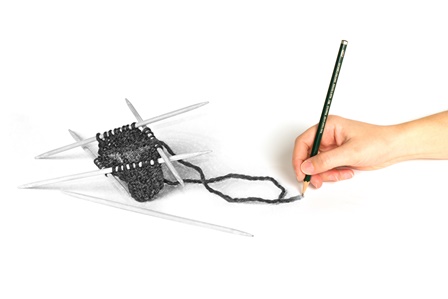Art and crafts - one subject or a cross disciplinary field?
DOI:
https://doi.org/10.7577/formakademisk.352Keywords:
Art and Crafts, curriculum, subject, history, sloyd, woodwork, textile, drawing, cluster of subjects, forming, sacred and profaneAbstract
The introduction of the curriculum subject, Forming, later renamed Kunst og håndverk (Art and Crafts), is often described as a merging of the three earlier curriculum subjects handicrafts for boys (mainly woodwork), handicrafts for girls (mainly textile based activities) and drawing. This article use the curriculum subject history, as well as different descriptions of the controversy which has existed in Forming/Art and Crafts since the merging, to argue that Art and Craft is better to be described as a cluster of subjects rather than a subject in its own right. Through two national surveys, the School Subject Inspection 2009 and 2011, the practice and attitude among Norwegian primary- and secondary school teachers have been mapped. The findings suggest that different teachers fill their teaching with very different content, and also that high educated teachers, especially in the secondary school, tend to emphasize one of the historical roots of the subject, such as woodwork, textile or drawing. The article argues that the different traditions in Art and Crafts should be made visible at a formal level in the Norwegian teacher education, and it suggests there should be left some room for specialization within the subject in the national teacher 1-7 and 5-10 education curriculums.

Downloads
Published
How to Cite
Issue
Section
License
Authors who publish with this journal agree to the following terms:
- Authors retain copyright and grant the journal right of first publication with the work simultaneously licensed under a Creative Commons Attribution 4.0 License that allows others to share the work with an acknowledgement of the work's authorship and initial publication in this journal.
- Authors are able to enter into separate, additional contractual arrangements for the non-exclusive distribution of the journal's published version of the work (e.g., post it to an institutional repository or publish it in a book), with an acknowledgement of its initial publication in this journal.
- Authors are permitted and encouraged to post their work online (e.g., in institutional repositories or on their website) prior to and during the submission process, as it can lead to productive exchanges, as well as earlier and greater citation of published work (See The Effect of Open Access).
- The author(s) must manage their economic reproduction rights to any third party.
- The journal makes no financial or other compensation for submissions, unless a separate agreement regarding this matter has been made with the author(s).
- The journal is obliged to archive the manuscript (including metadata) in its originally published digital form for at least a suitable amount of time in which the manuscript can be accessed via a long-term archive for digital material, such as in the Norwegian universities’ institutional archives within the framework of the NORA partnership.
The material will be published OpenAccess with a Creative Commons 4.0 License which allows anyone to read, share and adapt the content, even commercially under the licence terms:
This work needs to be appropriately attributed/credited, a link must be provided to the CC-BY 4.0 licence, and changes made need to be indicated in a reasonable manner, but not in any way that suggests that the licensor endorses you or your use.



